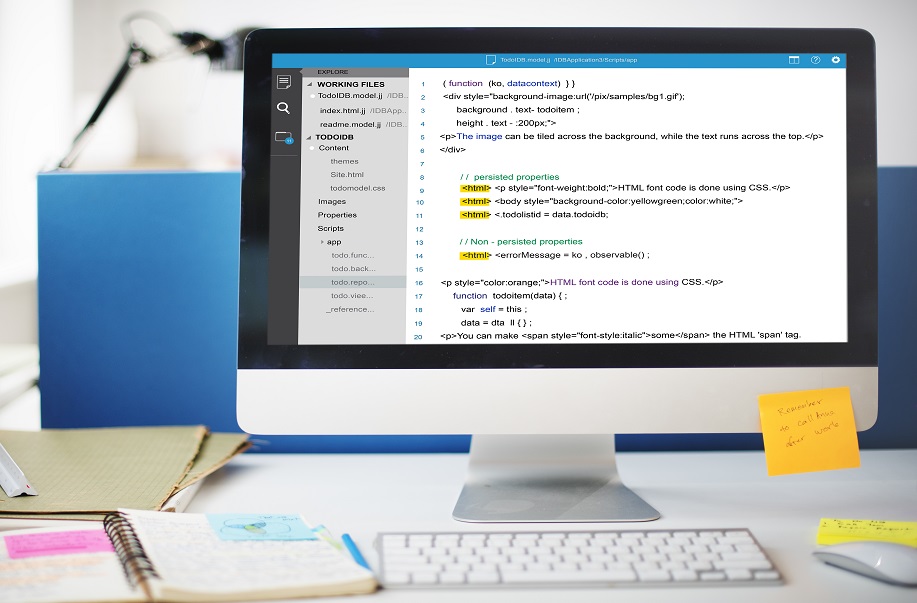It is a common challenge for recruiters and HR professionals to pick out candidates who have solid critical thinking and strong communication skills. The English comprehension test tackles this by judging a candidate’s ability to process, understand, and react to technical and professional texts. It involves more than simple fluency, encouraging the ability to interpret what you read, understand the context, and make sensible deductions.

Analyzing skills in critical reading and interpretation
This test measures a person’s ability to make sense of technical and professional materials. An increasing number of jobs require staff to read, review, and follow directions in reports, emails, and manuals. Part of the test involves examining passages, thinking critically, and knowing different kinds of writing. Candidates are expected to understand paragraphs, find the main ideas, and note how texts are put together.
For corporate settings, figuring out the tone, intent, and structure of a document is very important. It helps to see if candidates are able to read the information properly, choose crucial bits, and decide accordingly.
Importance of Vocabulary and Grammar in Communication
The English Comprehension Test tests a person’s vocabulary and how they use grammar. Candidates should be able to tell what each word means in any given context, identify any grammar mistakes, and see how the way sentences are formed can affect their clarity.
Grammar is more than rules; it plays a role in how ideas are presented. Writing emails to clients and creating internal documents requires professionals to communicate clearly. With this assessment, it is clear whether or not the candidate is able to carry out these tasks in English.
Reviewing Visual Interpretation and Analytical Thinking
Exchanging information in modern workplaces means more than just writing messages. Technical staff regularly handle various charts, graphs, and technical drawings. The purpose of the English comprehension test is to see how well students can read and analyze visual information.
During the test, candidates are asked to answer questions where they must draw meaning, anticipate outcomes, and discover logical connections in the information. This skill set helps when reviewing contracts, analyzing data on how the company performs, and drafting proposals.
Progress Comes with Customization
Every job doesn’t need the same level of English skills. So, the English comprehension test can be adjusted to meet the requirements of different jobs. It is possible for recruiters to change how difficult the test is, control the time allowed, and use questions such as multiple-choice or open-ended ones to suit the requirements of various industries.
Custom tests may feature words and phrases from finance, healthcare, or IT. Recruiters are able to see how prospective employees respond to challenges related to the job. Experienced applicants may be evaluated on topics such as figurative language, evaluating arguments, or spotting literary devices.
Reducing the Time to Hire and Improving Accuracy
English Comprehension Testing makes it easier for hiring teams to quickly get down to well-qualified applicants. Rather than just reviewing resumes or conducting interviews, recruiters can use the test to assess how well candidates communicate and comprehend.
It decreases the amount of paperwork and helps HR teams focus on the most talented people. It also provides facts-driven hiring choices, decreasing the hazard of choosing individuals who might find it challenging to carry out key job functions.
Learning How to Deal with Complex Workplace Communication
The test probes the ability to comprehend reading, not only at a surface level. It looks at how effectively a person can grasp complicated thoughts, find the main points, and notice differences in what is implied. You will need these abilities when you have to prepare summaries, create detailed manuals, or deal with people from different teams.
The skill of comparing ideas, finding inconsistencies, and highlighting core ideas helps professionals succeed in team activities. The English comprehension test checks if candidates can use these skills before they start their jobs.
Measuring Real-world Application of Language Skills
Rather than testing theoretical knowledge, this assessment focuses on real-world scenarios. Interviewers often ask questions like: “How do you handle unfamiliar words?” or “Can you summarize a recent document?” The test prepares candidates for these questions by mimicking real-life communication challenges.
The ability to notice minor but meaningful details in a document speaks volumes about a candidate’s work ethic. The English comprehension test helps to identify grammatical inconsistencies, misplaced modifiers, or subtle shifts in tone.
Accuracy in communication builds trust with clients, prevents misunderstandings, and protects an organization’s credibility. This test ensures that potential hires can meet these standards from day one.
Conclusion
The English comprehension test empowers HR professionals to identify top-tier candidates who can read critically, think analytically, and communicate clearly. Choose Codexpro for customizable, reliable, and job-relevant assessment solutions. Book a demo today and elevate your hiring strategy.


















